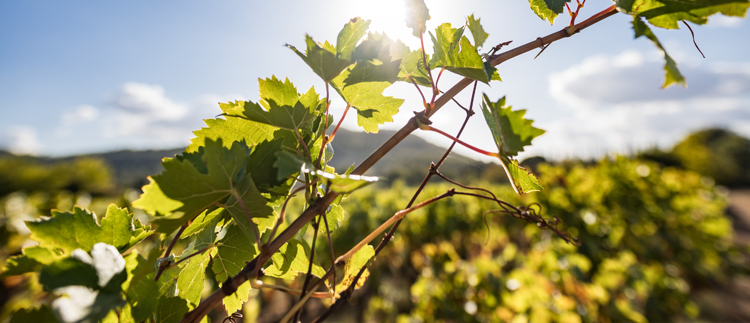The history of drip irrigation on wine grapes
In 1996 South Africa’s total area under vines was 85 175 ha of which only 23% was drip irrigated. By 2006, 49% of 102 146 ha vines was under drip irrigation. Today, about 67% of the 92 067 ha of wine grapes planted in South Africa are drip irrigated.
“The first drip irrigation on wine grapes in South Africa was installed in the early 1970s,” Dr Philip Myburgh of ARC Infruitec-Nietvoorbij says. “This was the start of the story of drip irrigation on wine grapes in South Africa. The industry’s resistance to drip irrigation decreased as its suitability and advantages became clear, and finally it was a natural shift for many producers. The history of regulation, trade and research in the wine industry also impacted the increased adoption of drip irrigation.”
Wine Industry History
This increased adoption of drip irrigation in the wine industry didn’t happen overnight, Netafim South Africa agronomy manager Chris Malan says. “The gradual shift was a team effort by a number of role players across the industry.” The deregulation of the industry and implications of the new democratic South Africa opened several doors for the local wine industry in the 1990s. “It drove a shift in the industry from a focus on mass production to the production of quality grapes for quality wine.”
The drip irrigation market for wine grape production was in fact quite small before the shift in focus towards quality. Some early adopters of drip irrigation played an important role in the adoption of drip irrigation in wine grape production. The industry developed in leaps and bounds after deregulation and as the export market opened up.
The South African wine industry also learned a great deal from its Australian counterpart during this period, Netafim South Africa marketing manager Willem Botha says. Viticulturists travelled extensively to gain knowledge and, as one of the fastest-growing wine industries at the time, Australia was a popular destination. The focus was on regulated deficit irrigation (RDI) and Dr Michael McCarthy of Australia did research on this approach and its application in the wine industry.
“Viticulturists such as Francois Viljoen, Briaan Stipp and Leon Dippenaar refined the concepts of RDI and water stress management for local conditions,” Willem says. “These practices acquired commercial status and were only later confirmed academically.” South African researchers such as Philip and Vink Lategan played an important role in this regard with their initial trials to determine optimal scheduling for drip irrigation on wine grapes. These trials were conducted on Hannes Erasmus’ farm near Robertson.
Netafim’s Role
When Netafim South Africa opened its doors in 1992 drip irrigation had already become an accepted practice for many producers. “But the company’s unique contribution by way of agricultural and technical support played an important role in the increased adoption of drip irrigation in the industry,” Philip says. Shifts in the industry coincided with a shift at Netafim South Africa towards agronomic support. The company was thus perfectly positioned to support the industry in its move towards drip irrigation.
In 1994, Chris Malan was appointed as Netafim South Africa’s first in-house agronomist when then MD, Levy Schneider and salesman, Johan Visser, saw the need to market drip irrigation from an agronomic perspective.
Throughout the 2000s Netafim continued to focus on its agronomic role in the wine industry, as illustrated by Willem’s appointment as dedicated viticulturist to the agronomy team in 2007.
“It was and still is Netafim’s approach to support research that improves producers’ position,” he says. Netafim cultivated good relationships with researchers, industry experts and pioneer producers which benefits both the company and the industry to this day.
Netafim also went to great lengths to, among other things, arrange tours to Australia and farmers’ days, Chris says. “Hand in hand with Vinpro we planned a seminar in 2001 that focused on vineyard and irrigation planning and giving producers control over all aspects related to grape quality.” The biggest complaint around any irrigation method at the time was that irrigation systems were never designed to produce quality. “It became Netafim’s priority to address this complaint.” The seminar, held at Elsenburg, was a massive success. Netafim subsequently hosted several information days for viticulturists and producers to answer their questions and share knowledge about drip irrigation.
“The 2001 seminar was a turning point,” Chris says. “The interest of industry organisations, viticulturists, producers and academics in drip irrigation increased as did their support for the concept.” Many irrigation research projects with a specific focus on grape quality followed. “The many benefits of drip irrigation became clear. We learned that drip irrigation is an essential tool to control the many factors that have to be manipulated to deliver quality grapes that meet the criteria of the wine style. The rest, as they say, is history.”

Share your thoughts
Comments
We'd love to hear your thoughts! To enter a comment, type your name and email address.